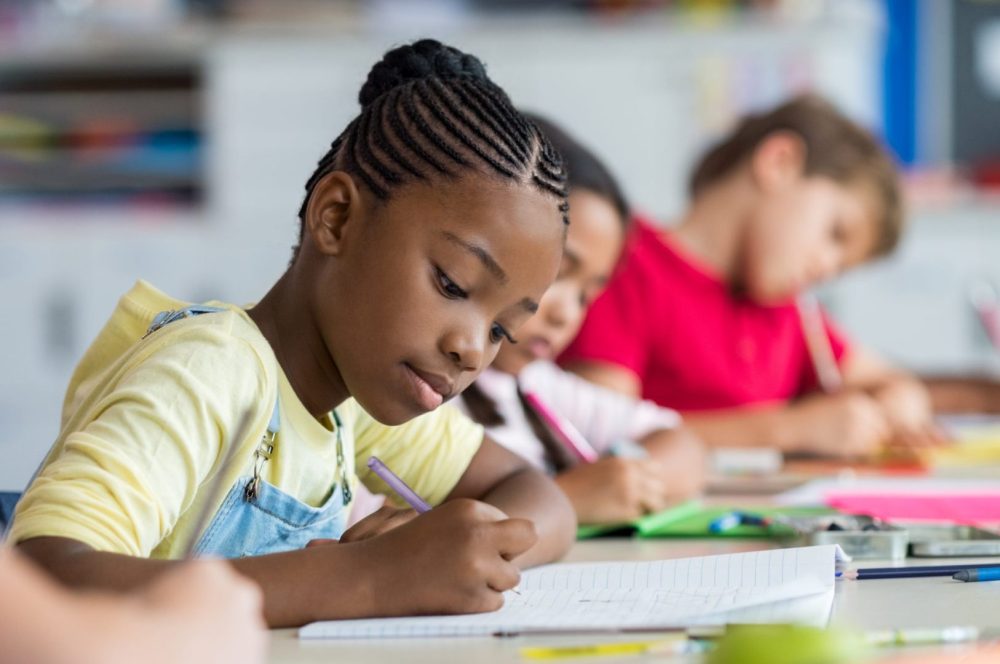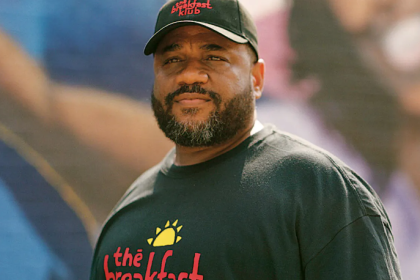The landscape of modern education requires a fundamental shift in how student behavior is understood and managed. Traditional disciplinary methods often assume that students can regulate their behavior if they try hard enough. This perspective fails to consider that behavior is not solely a matter of willpower or parental influence but is deeply rooted in individual differences. Without addressing these underlying factors, educators may struggle to create an inclusive environment that fosters success for all students.
Understanding individual differences
Behavior is not just environmental but intrinsic. Many educators assume that external factors such as home life or social influences dictate student behavior. However, research suggests that behavior is also closely tied to innate characteristics. Some students flourish in structured, predictable settings, while others require flexibility and movement to stay engaged. Recognizing these distinctions is crucial for educators seeking to implement effective classroom management strategies.
Temperament shapes learning and interaction. Every student has a unique temperament that influences how they engage with lessons, peers, and teachers. Some students are naturally outgoing and eager to participate, while others prefer to observe before joining discussions. Traditional discipline methods that enforce uniform expectations often fail to accommodate these differences, leading to disengagement or frustration.
Effective intervention strategies
Discrete communication methods prevent embarrassment. Many classroom disruptions stem from students feeling singled out or ashamed. Rather than using public reprimands, teachers can develop private signals with students to remind them to stay on task. This method allows for correction without humiliation, fostering a positive learning atmosphere.
Adapting classroom environments enhances engagement. A well-structured classroom can make a significant difference in student behavior. Flexible seating, sensory-friendly spaces, and varied instructional approaches cater to different learning styles and reduce behavioral issues. Research indicates that making small adjustments to the classroom environment often leads to noticeable improvements within weeks, even before targeted interventions are implemented.
Teaching self-awareness fosters self-regulation. When students understand their own behavioral tendencies, they can develop strategies to navigate challenges. Educators who encourage self-reflection and discussion about behavior help students build emotional intelligence and empathy. Over time, this approach fosters a classroom culture where students regulate their actions and support one another.
Implementation framework
Assessment protocols identify student needs. Observing and documenting student behavior patterns helps educators determine which intervention strategies will be most effective. Regular assessments ensure that interventions are data-driven and tailored to individual students.
Customized interventions yield better results. Strategies that align with students’ temperaments and learning styles produce more meaningful improvements than standardized disciplinary approaches. Individualized interventions help students feel understood rather than punished, creating a more cooperative classroom dynamic.
Ongoing monitoring ensures sustained progress. Behavioral interventions should be regularly evaluated and adjusted based on their effectiveness. Continuous monitoring ensures that strategies remain relevant and responsive to students’ needs.
Professional development implications
Training helps educators implement personalized strategies. To effectively support diverse learners, teachers need professional development programs focused on understanding behavioral patterns. Training sessions should equip educators with practical tools to address behavioral differences without relying on rigid disciplinary measures.
Collaboration strengthens intervention efforts. A unified approach involving teachers, school counselors, and parents leads to more consistent behavioral support. When all stakeholders understand a student’s unique needs, interventions become more effective and sustainable.
Resource allocation improves classroom management. Schools must provide adequate resources for personalized behavioral interventions. This includes funding for specialized training, classroom modifications, and support staff who can assist in implementing tailored strategies.
Measuring success
Academic performance improves with behavioral support. Studies indicate that students who receive appropriate behavioral interventions show marked progress in core subjects such as reading, math, and problem-solving. Addressing behavioral challenges allows students to focus more effectively on academic tasks.
Social skills development enhances peer interactions. Students who feel understood and supported tend to develop stronger interpersonal skills. They learn to navigate social situations with greater confidence and form healthier relationships with classmates.
Long-term benefits extend beyond school. The impact of effective behavioral support extends beyond immediate classroom management. Students who receive appropriate interventions are more likely to develop emotional resilience and adaptability, skills that benefit them in higher education and future careers.
Future implications
Technology aids personalized behavior management. Advances in educational technology provide new ways to track student behavior and refine intervention strategies. AI-driven tools can help educators analyze behavioral trends and tailor their approaches accordingly.
Behavioral research continues to evolve. Ongoing studies into temperament and learning differences will likely yield even more effective classroom management techniques in the coming years. As understanding of individual behavior deepens, educators can adopt more sophisticated and targeted interventions.
A shift toward individualized education benefits all students. Moving away from rigid discipline models and toward personalized interventions represents a crucial advancement in modern education. By embracing individualized approaches, educators can foster more productive, engaging, and supportive learning environments that benefit students of all backgrounds and learning styles.
Understanding and addressing the hidden factors behind student behavior is not just about reducing classroom disruptions. It is about unlocking each student’s full potential and creating a more inclusive educational system that ensures long-term success for all learners.
















